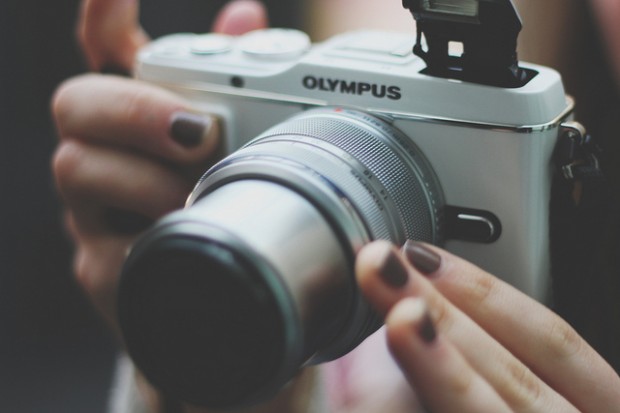
Anyone who’s tried to make the leap from hobbyist to professional photographer knows that the business side of things can be murky and hard to navigate. Even one of the most basic, seemingly obvious elements — which, in other industries, is standardized and pretty easy to research — of your business plan is strangely shrouded in mystery and even controversy.
“Pricing is, I feel, one of the most hotly debated topics in our industry,” says portrait photographer Sue Bryce, who has been working as a natural light photographer for over two decades. “It’s one of the most unguided topics that we talk about or don’t talk about. I feel like everybody is too scared to talk about or put out what they think of as an industry standard.”
Sue, who started out in a professional portrait studio during the early years of her career, eventually moved into a garage space for her shoots. At that point, she says, she grossly undercharged for her services.
“You price your work at what is called your ‘survival rate.’ You need enough to eat, you need enough to get by, you can go week by week,” says Sue, and you’ll generate enough to make it. “You need to understand what your cost of doing business is and break it down…this is just good solid business,” she says.
But just making enough isn’t going to help you get ahead. If all you’re doing is making it, your life will be a grind, and your art will suffer.
“I saw no value in my shooting, and I saw no value in my space. I thought people wouldn’t pay me because I didn’t have a fancy studio,” she explains. But, she says, “I quickly realized it had nothing to do with where I was located, and everything to do with the service I could give people. That service has nothing to do with what you look like, and everything to do with what you’re giving.”
And that, says Sue, is at the heart of knowing how to price your photos and photography pricing for your services. Not just understanding how much your costs are — like overhead on your space and marketing materials — but also accurately valuing your time and the quality of your services.
“Survival rates don’t work,” Sue says, because not only do they not help you get ahead, but they leave you afraid to keep growing your business and, as a result, increasing your prices.
Which means your photos are worth more than just whatever they need to be worth to keep the lights on — they’re worth the cost of your professional growth.
However, if you are really a beginner, it’s important to know how much is too much to charge for your services, and to remind yourself of that room to grow. If you’re not sure how much to charge, do what author and career coach Beate Chelette calls “competitive pricing.”
“I have no problem calling competitors. They don’t know if you’re a competitor or not,” she says, recommending that new businesses actively call around to find out what similar companies are charging.
However, it’s the service you offer, both in photography and in customer service, that really determines how much you can charge.
“You can value your product at whatever you think if your value as long as you’re getting the work, and your clients are happy, and you’re getting paid, and you’re not hurting anybody. Who are we to judge what people charge?”
For more of the wisdom of Sue Bryce, check out 28 Days with Sue Bryce, and be sure to RSVP for Photo Week 2014.


